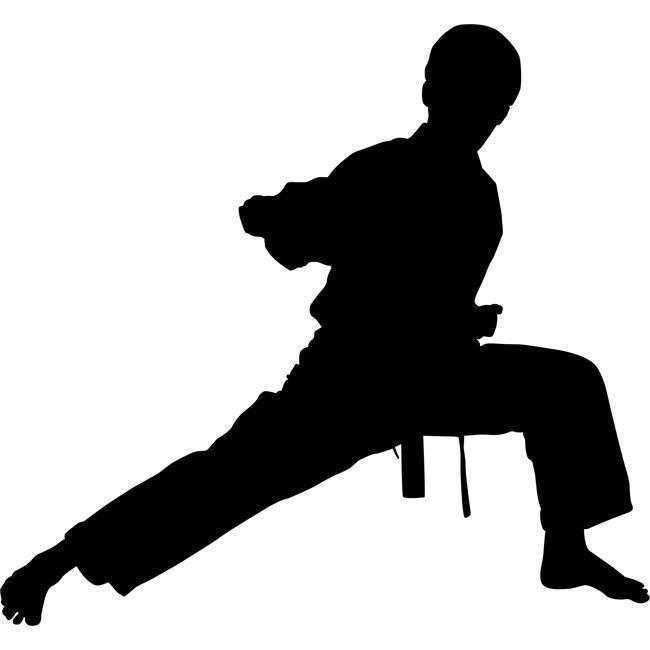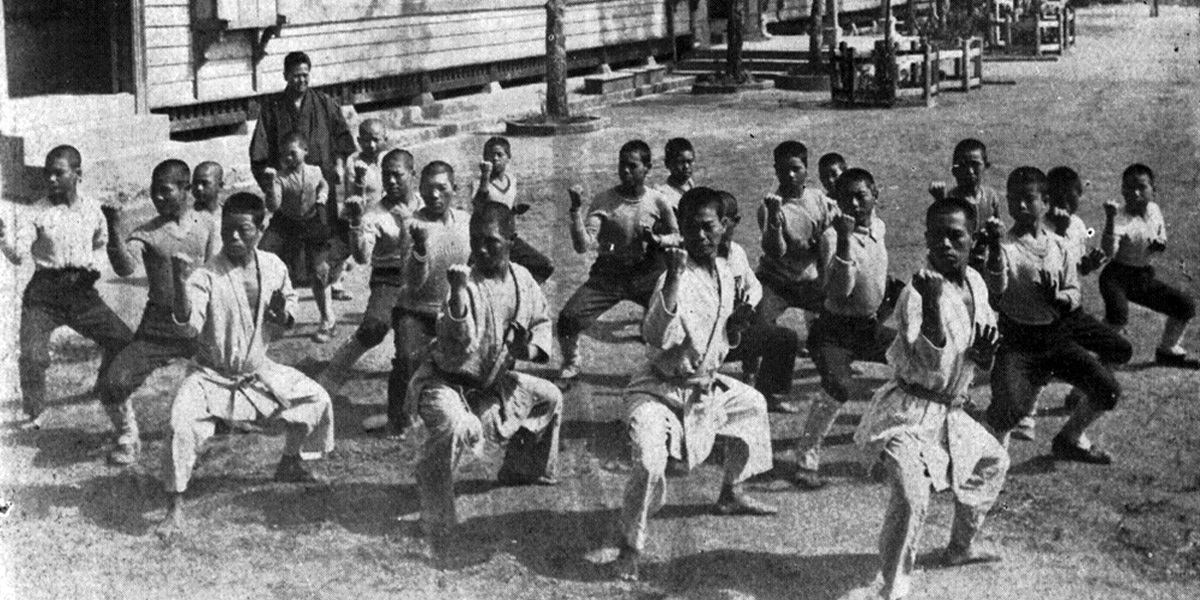
PASSPORT WORLD TOUR - Summer 2024 Japan
Posted: July 31, 2024
WHERE IN THE WORLD
Japan is an island nation in East Asia. Located in the Pacific Ocean, the characters that make up Japan’s name mean “sun-origin”, which is why Japan is sometimes referred to as the “Land of the Rising Sun”. Japan is an archipelago of 6,852 islands. The four largest islands are Honshu, Hokkaido, Kyushu and Shikoku, together accounting for 97% of Japan’s land area. Japan has the world’s 10th-largest population, with over 127 mil. people. The Greater Tokyo Area, which includes the capital city of Tokyo and several surrounding prefectures, is the largest metropolitan area in the world, with over 30 million residents.
 WHAT KIND OF KARATE? KARATE
WHAT KIND OF KARATE? KARATE
Karate: is a martial art developed in the Ryukyu Islands in what is now Okinawa, Japan. It was developed partially from indigenous fighting methods called the (literally “hand”; Tii in Okinawan) and from Chinese kenpo. Karate is a striking art using punching, kicking, knee and elbow strikes, and open-handed techniques such as knife-hands. Grappling, locks, restraints, throws, and vital point strikes are taught in some styles. A karate practitioner is called a karateka.
ORIGIN
Karate was developed in the Ryukyu Kingdom prior to its 19th-century annexation by Japan. It was brought to the Japanese mainland in the early 20th century during a time of cultural exchanges between the Japanese and the Ryukyuans. In 1922, the Japanese Ministry of Education invited Gichin Funakoshi to Tokyo to give a karate demonstration. In 1924, Keio University established the first university karate club in Japan and by 1932, major Japanese universities had karate clubs. In this era of escalating Japanese militarism, the name was changed from “Chinese hand” to “empty hand” – both of which are pronounced karate – to indicate that the Japanese wished to develop the combat form in Japanese style.
 After WWII, Okinawa became an important U.S. military site and karate became popular among servicemen stationed there. The martial arts movies of the 1960s and 1970s served to greatly increase its popularity and the word karate began to be used in a generic way to refer to all striking-based Oriental martial arts. Karate schools began appearing across the world, catering to those with casual interest as well as those seeking a deeper study. Shoshin Nagamine said “Karate may be considered as the conflict within oneself or as a life-long marathon which can be won only through self-discipline, hard training and one’s
After WWII, Okinawa became an important U.S. military site and karate became popular among servicemen stationed there. The martial arts movies of the 1960s and 1970s served to greatly increase its popularity and the word karate began to be used in a generic way to refer to all striking-based Oriental martial arts. Karate schools began appearing across the world, catering to those with casual interest as well as those seeking a deeper study. Shoshin Nagamine said “Karate may be considered as the conflict within oneself or as a life-long marathon which can be won only through self-discipline, hard training and one’s
own creative efforts.”